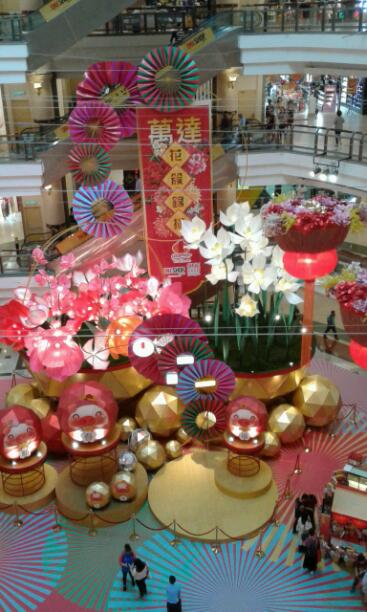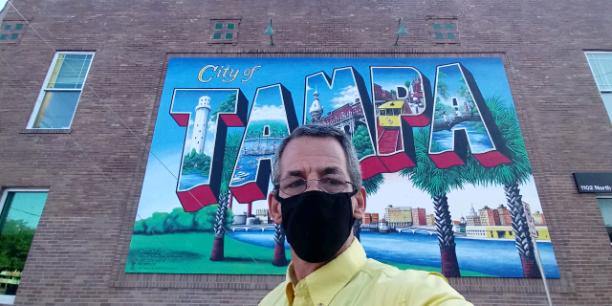
Category : Blogs
Sub Category : Miscellaneous
As I had previously mentioned in my post last month, titled "Thaipusam", this is my second installment of 'festivals celebrated in Malaysia' for this year. And since Chinese New Year is just around the corner, I feel it is only right that I write about this festival this time around.
Let me kick things off with a hearty "Gong Xi Fa Chai" or "Kong Hee Fatt Choi" - greetings which translate to "Congratulations and be prosperous" - two common and respectful way of greeting to honour another person during this auspicious occasion.
Chinese New Year is the Chinese festival that celebrates the beginning of a new year on the traditional Chinese calendar. The festival is usually referred to as the Spring Festival in mainland China, and is one of several Lunar New Years in Asia. Observances traditionally take place from the evening preceeding the first day of the year to the Lantern Festival, held on the 15th day of the year of the Chinese calendar. The first day of Chinese New Year begins on the new moon that appears between 21st January and 20th February. This year, the first day of Chinese New Year falls on Tuesday, 5th February, initiating the year of the pig.
Chinese New Year is one of the most prominent and celebrated festivals, and is the cause of the largest annual mass human migration in the world. It is a major holiday in Greater China (an informal term used to refer a geographic area that shares commercial and cultural ties) and has strongly influenced the lunar New Year celebrations of China's neighbouring cultures, including the Korean New Year, the Tet of Vietnam, and the Losar of Tibet. It is also celebrated worldwide in regions and countries with significant ethnic Chinese populations such as Singapore, Indonesia, Malaysia, Myanmar, Thailand, Cambodia, the Philippines, and Mauritius, as well as many countries in North America and Europe.
Chinese New Year is associated with several myths and customs. The festival was traditionally a time to honour deities as well as ancestors.
According to tales and legends, the beginning of the Chinese New Year started with a mythical beast called Nian. It was believed that Nian was a savage beast that would eat villagers, especially children, and would destroy everything in sight. One year, all the villagers decided to go into hiding to escape the beast except for an old man. He appeared before the villagers and said that he was going to stay to get revenge on Nian. All the villagers thought he was insane. The old man put some red papers up and set off some firecrackers. The day after, the villagers returned to their village and were astonished to see that nothing was destroyed. They assumed that the old man was a deity who came to save them. They soon learned that the beast was afraid of the colour red and also loud noises. When the New Year was about to come the following year, the villagers wore red clothes, hung red lanterns and red spring scrolls on their home windows and doors. They also used firecrackers to scare away the beast. From then on, Nian never came to the village again. According to the myth, the beast was eventually captured by Hongjun Laozu, an ancient Taoist monk.
On the days leading up to the New Year celebration, Chinese families give their homes a thorough cleaning to wash away all the bad luck from the previous year. It is believed the cleaning sweeps away the bad luck of the preceeding year and makes their homes ready for good luck. Brooms and dustpans are put away on the first day of Chinese New Year as no sweeping is allowed on that day so that the newly arrived good luck cannot be swept away. Some people give their homes, doors and window-frames a new coat of red paint and homes are often decorated with paper cutouts of Chinese auspicious phrases and couplets (Chinese poetry which comes in a pair of lines which adhere to certain rules). Purchasing new clothing and shoes also symbolize a new start. Any hair cuts need to be done before the New Year, as cutting off hair on New Year is considered bad luck.
In many households where Buddhism or Taoism is prevalent, home altars and statues are cleaned thoroughly, and decorations used to adorn altars over the past year are taken down and burned a week before the New Year starts, to be replaced with new decorations. Taoists (and Buddhists to a lesser extent) will also send gods back to heaven. An example of this would be the burning of a paper effigy of Zao Jun, known as the Kitchen God, who is the recorder of family functions. This is done so that the Kitchen God can report to the Jade Emperor of the family household's transgressions and good deeds. Families often offer sweet foods, such as candy, as offerings to "bribe" The deities into reporting good things about the family. Prior to the reunion dinner, a prayer of thanksgiving is held to mark the safe passage of the previous year.
To be continued....




